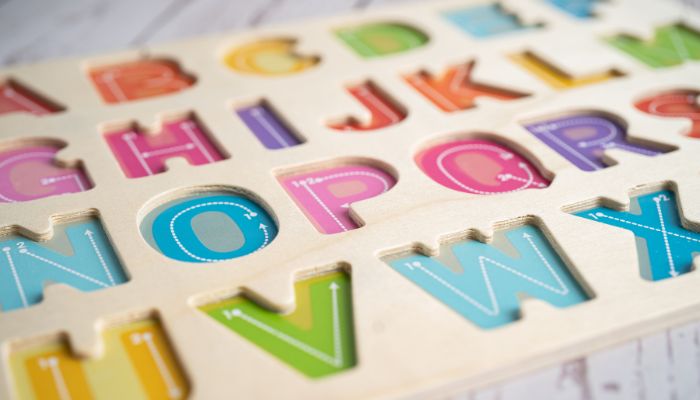Connectors are small words that make a big difference in how clearly we speak and write. They link ideas together, help stories and explanations flow smoothly, and make writing easier to follow, especially in school tasks.
If your child struggles to organize their thoughts or jumps from idea to idea in writing, mastering connectors can help them write more confidently and clearly.
In this guide, we’ll walk through the main types of connectors, explain when and how to use them, and share practical tips for building strong sentence skills- all in a way that’s easy for primary and lower secondary students to understand.
TL;DR;
-
Learning to use connectors correctly helps children organize their thoughts and link ideas smoothly, making both writing and speaking easier to follow.
-
Regular practice with connectors builds confidence in tasks like stories, essays, and NAPLAN writing by helping children structure their sentences clearly.
-
Targeted guidance and real examples teach children to avoid common mistakes, such as overusing basic connectors or choosing the wrong ones.
-
Fun, structured activities like games, prompts, and writing challenges develop strong sentence fluency, making grammar skills more natural and lasting.
What Are Connectors?
Connectors are words or short phrases that join parts of a sentence or link one sentence to another. They help show how ideas are related, whether something is adding more information, showing contrast, giving a reason, or describing what happens next.
Simple examples of connectors include:
-
and (to add something)
-
but (to show a difference)
-
because (to give a reason)
-
so (to show a result)
Teachers introduce connectors from as early as Year 2 or Year 3 because they help children write more clearly and logically. Without connectors, writing can feel jumpy or confusing. With them, ideas come together more smoothly.
Why Are Connectors Important in Writing and Speaking?
Connectors help children express their thoughts in a way that’s easier for others to follow. In writing, they improve the flow of ideas. In speaking, they help explain points clearly and link them together without confusion.
Here’s how connectors support your child’s development:
-
In writing tasks: Whether it’s a story, a persuasive letter, or an information report, using connectors helps structure sentences and paragraphs more effectively.
-
In oral presentations or classroom discussions: Connectors help your child explain their ideas clearly and stay on topic.
-
In NAPLAN and classroom assessments: Markers look for how well a student connects ideas, not just whether their grammar is correct.
For example:
Without connectors: “I went to the zoo. I saw a tiger. It was big. I liked it.”
With connectors: “I went to the zoo and saw a tiger. It was big, so I liked it.”
That small change makes a big difference.
Also read: Is NAPLAN Compulsory for Students?
Types of Connectors

In English, connectors are grouped based on the kind of link they create between ideas. Understanding each type helps children choose the right word when writing or speaking. Below are the most useful categories taught across Years 3-6, with simple definitions and real examples.
1. Addition Connectors
These help add more information to what has already been said.
Common examples: and, also, moreover, in addition, besides
Example sentence:
“We visited the museum, and we also went to the art gallery.”
When to use: In personal recounts, reports, or persuasive texts when adding points or reasons.
2. Contrast Connectors
Used when comparing ideas or showing a difference.
Common examples: but, however, although, whereas, yet
Example sentence:
“She enjoys swimming, but she doesn’t like diving.”
When to use: In discussions or narratives to show two sides of an idea, or when something unexpected happens.
3. Cause and Effect Connectors
These explain why something happened and what the result was.
Common examples: because, so, therefore, as a result, since
Example sentence:
“He was absent because he was feeling unwell.”
When to use: In explanation texts, persuasive writing, or personal responses.





















